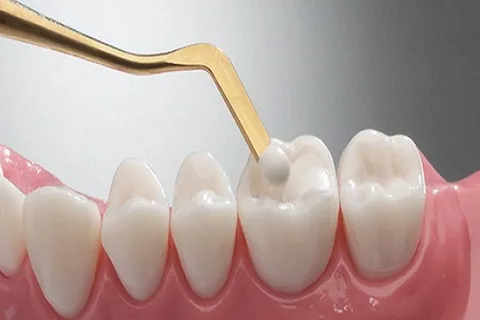The secret of a beautiful smile
Machine translation
Original article is written in RU language (link to read it).
At times, our teeth have a significant impact on our self-confidence and social interaction. A beautiful smile can create a whole new outlook on self-esteem. General practitioners and orthodontists are often visited by patients with one or more aesthetic problems.
More useful and relevant information on this topic in the online course Direct composite veneers .
Solving these problems requires complex treatment. It is also necessary to plan the future design functionally and aesthetically, from the modeling stage to the installation of finished restorations. When producing them, we use conservative methods, but sometimes through compromise, in order to simplify and speed up treatment.
A 16-year-old female patient was referred to the office by an orthodontist, who asked to find a treatment option for the absence of permanent tooth buds, as well as to correct the shape of the teeth located in the smile line. Due to adolescence, the patient has high demands on aesthetics, but cannot smile fully due to the predominance of baby teeth in the occlusion. The goals of treatment are not only to restore shape, appearance and size, but also to give the teenager self-confidence. Considering the young age of the patient, prosthetics and traditional treatment with implants cannot be offered. In the end, the decision was made to use a flowable composite.

Figure 1. Having examined the initial picture and discovered the absence of teeth 12-13-22-23-24, it becomes clear why it is difficult to smile in adolescence.

Figure 2. X-ray images confirm the previously established absence of buds. One of our main goals is to maintain the stability of the current situation until the patient reaches an age suitable for traditional implant treatment.
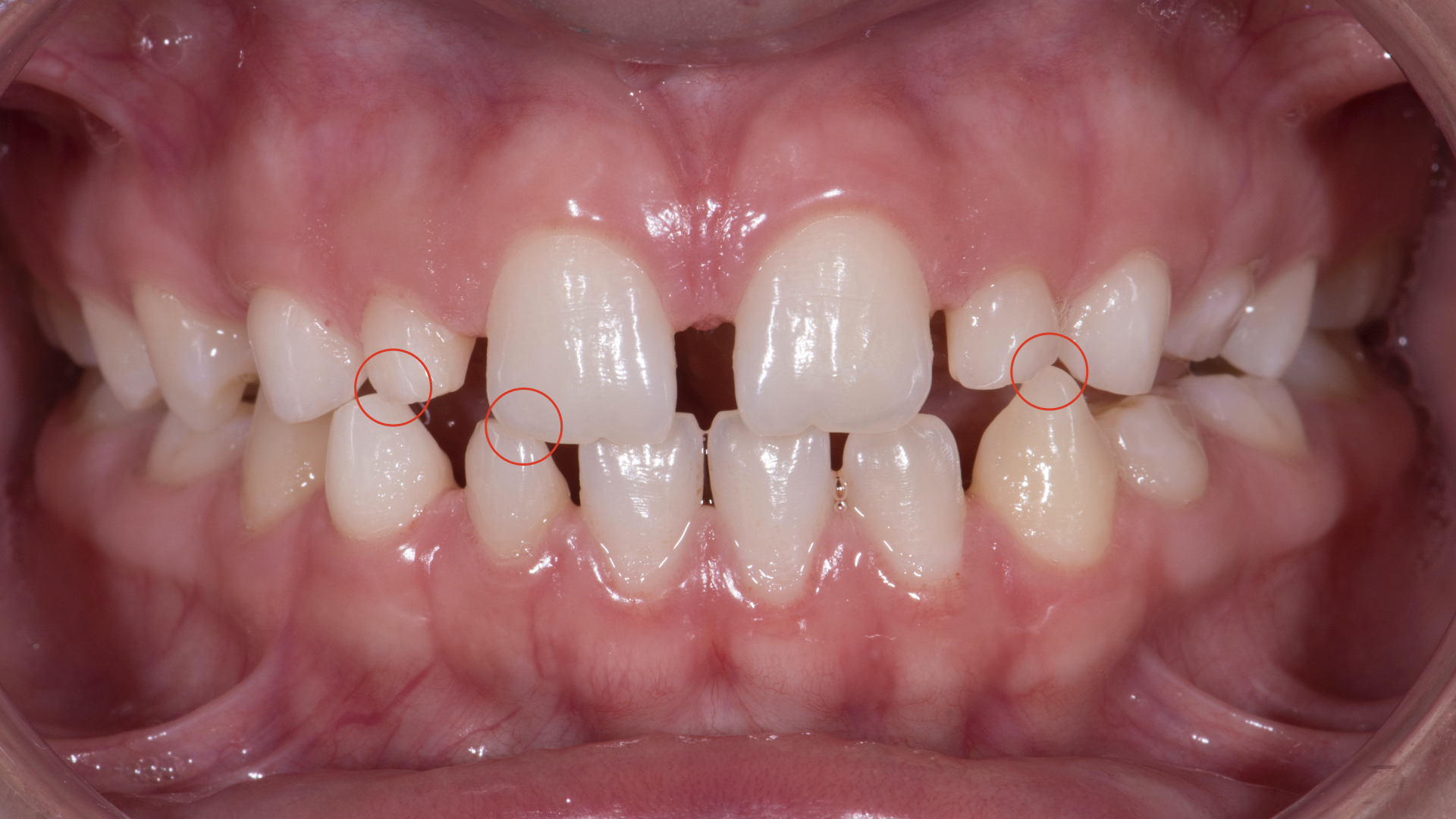
Figure 3. This picture shows another problem; a crossbite will not allow the upper teeth to change shape. We asked the orthodontist (Dr. Nigoghosyan, Marseille) to correct the bite and create space for future restorations.
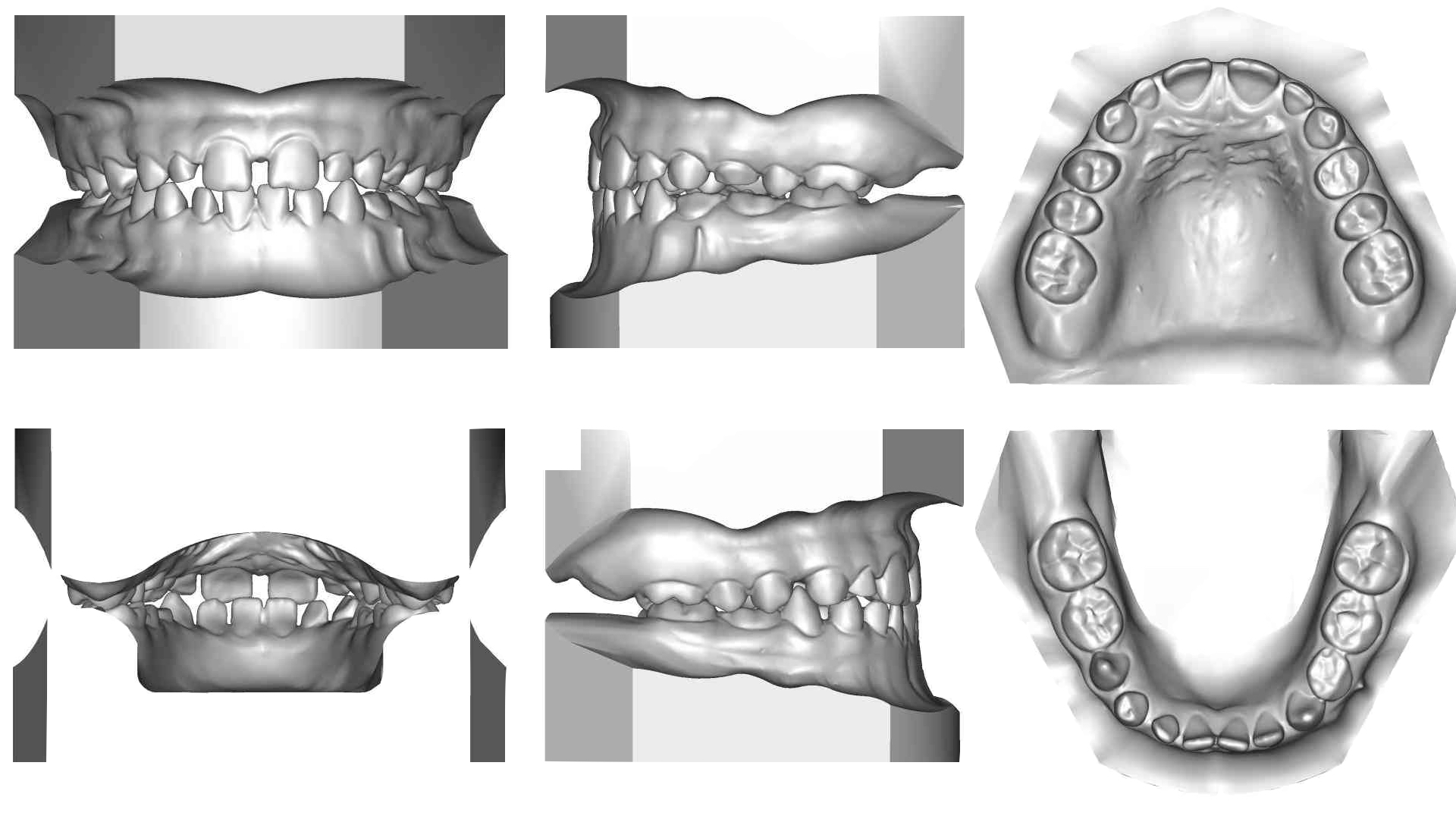
Figure 4. 3D photographs of the oral cavity will help you create a plan for correcting your bite.

Figure 5. After a few weeks, we received the necessary space to design the future smile.

Figure 6. A version of future restorations was sent to the laboratory (Gilles Phillip laboratory). The shape, size and proportions of the upper teeth have been changed. The level of the chewing surface was not affected. The laboratory closed the gaps between the teeth and turned baby teeth into permanent teeth.
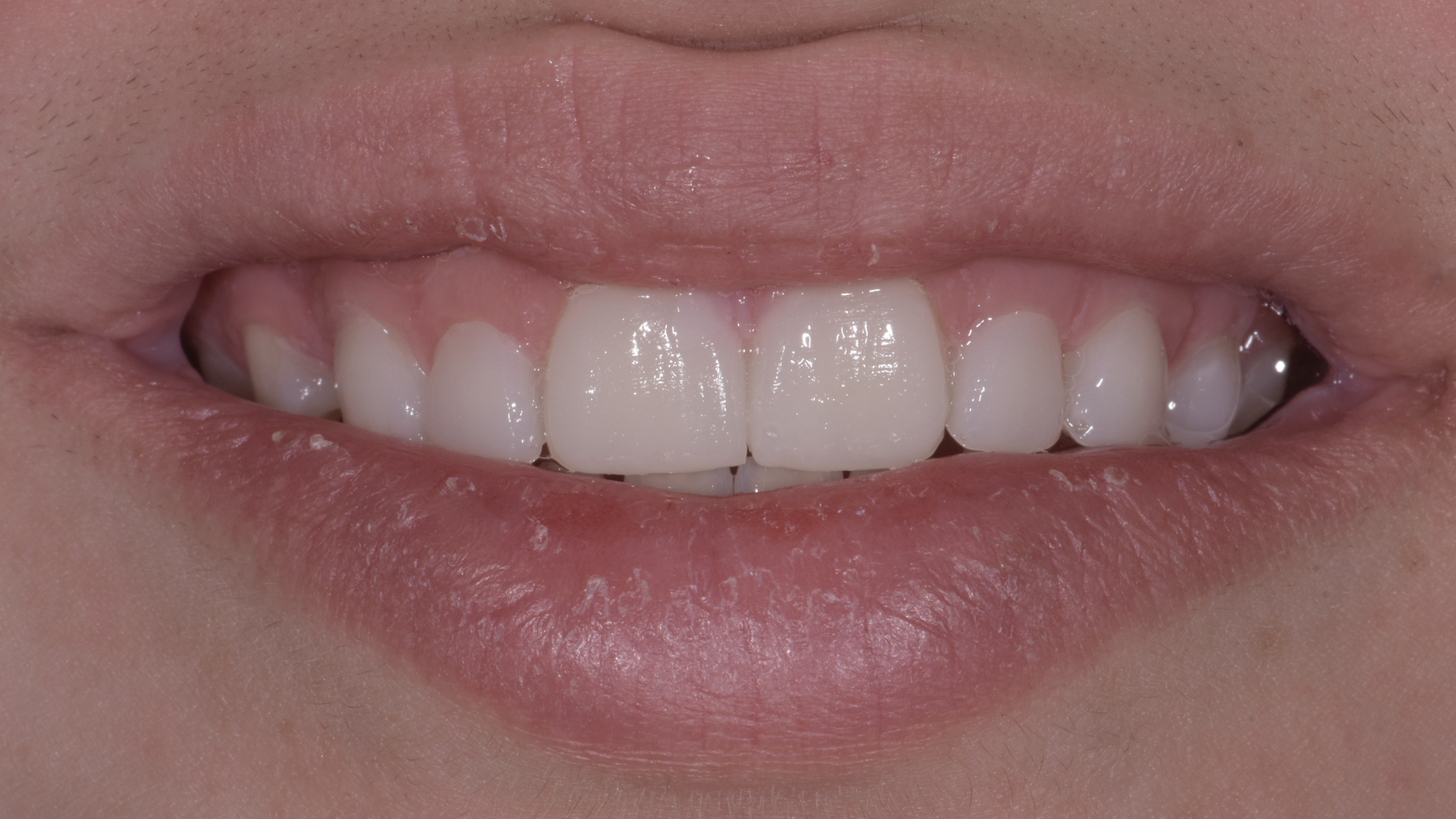
Figure 7. Before any intervention, we must obtain consent from the patient. To accurately transfer the design into the patient's mouth, we used silicone material (Honigum Putty and Light). Removed excess silicone material to obtain a clean and accurate layout. At this stage, the patient can evaluate the final result and approve the treatment plan. The occlusal relationship should also be checked and confirmed.
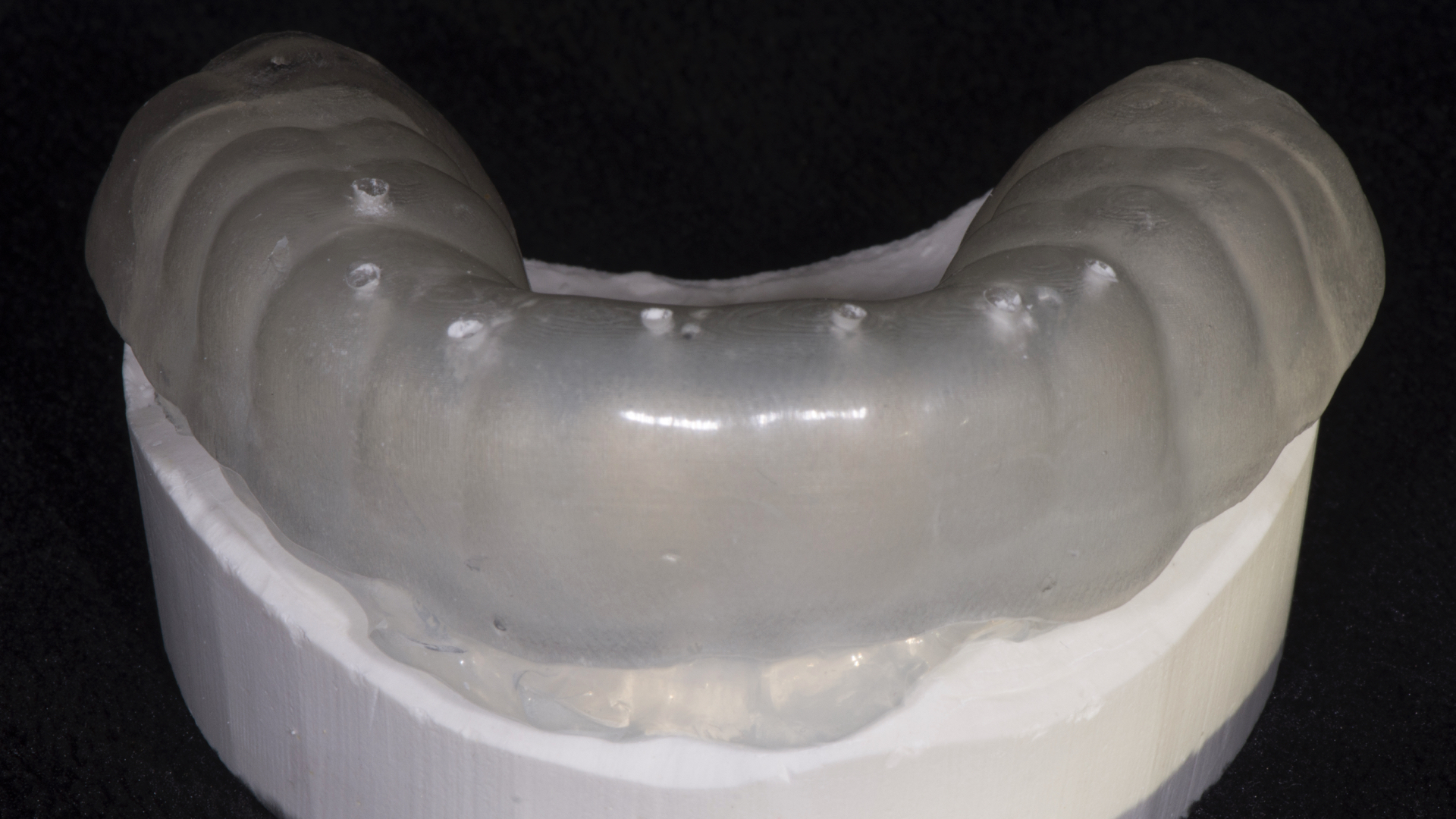
Figure 8. After testing both aesthetics and function, a transparent mold was 3D printed and subsequently filled with silicone material. Holes were made in the mold for filling with composite using a syringe.

Figure 9.
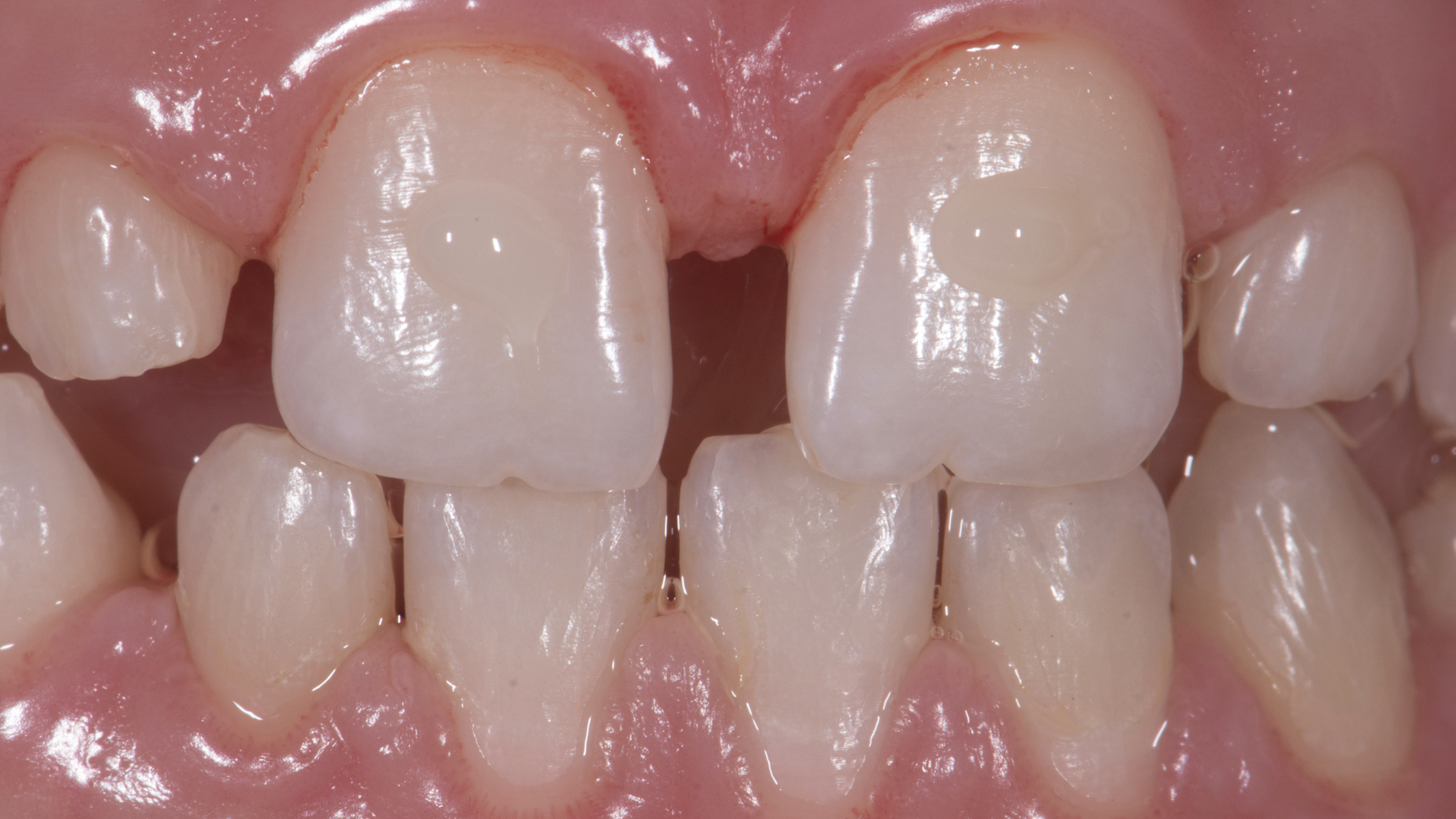
Figure 10. The first clinical step is the selection of color when applying the composite directly to the teeth.
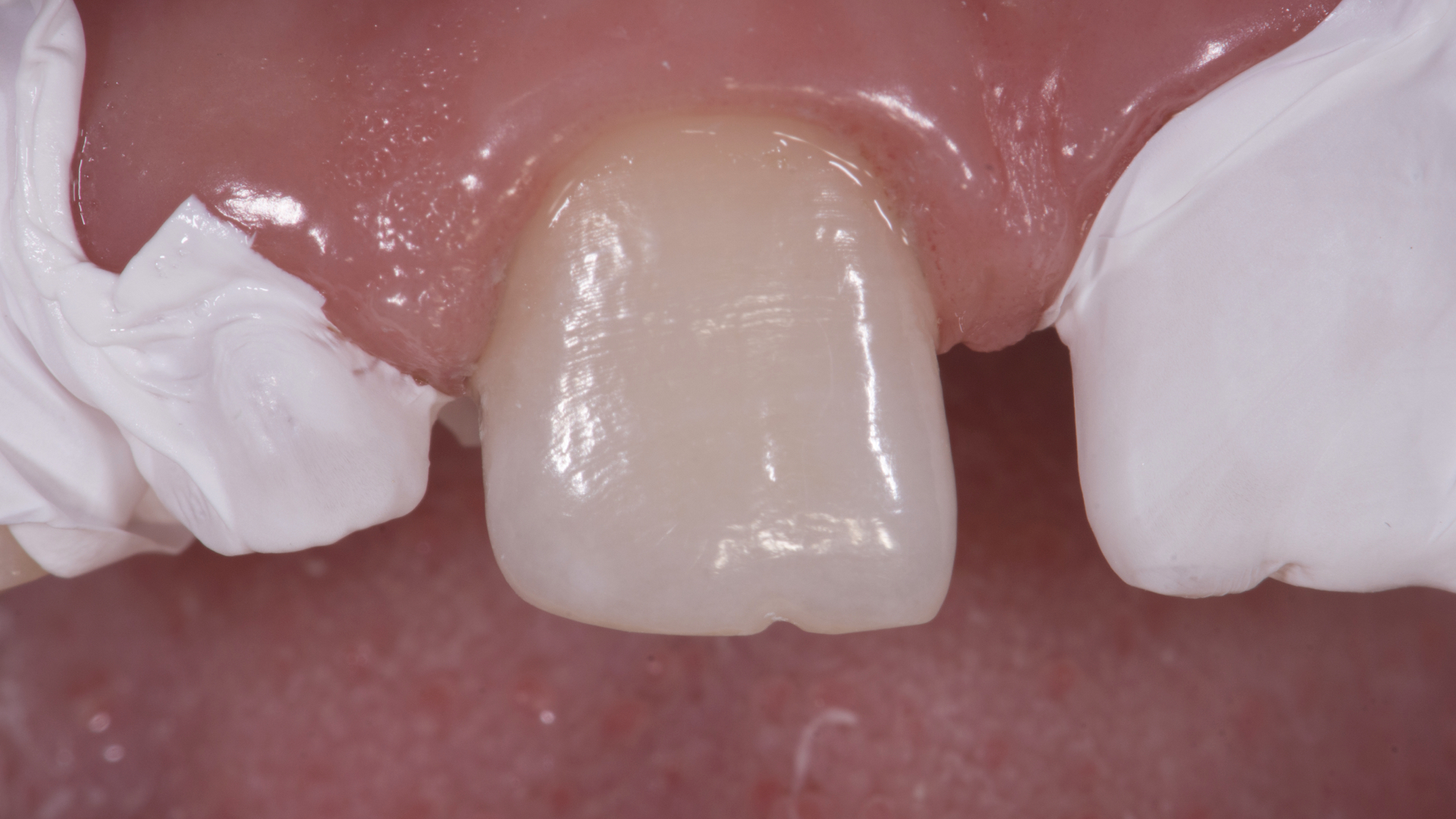
Figure 11. Teeth are restored one at a time while adjacent teeth are isolated using Teflon tape.
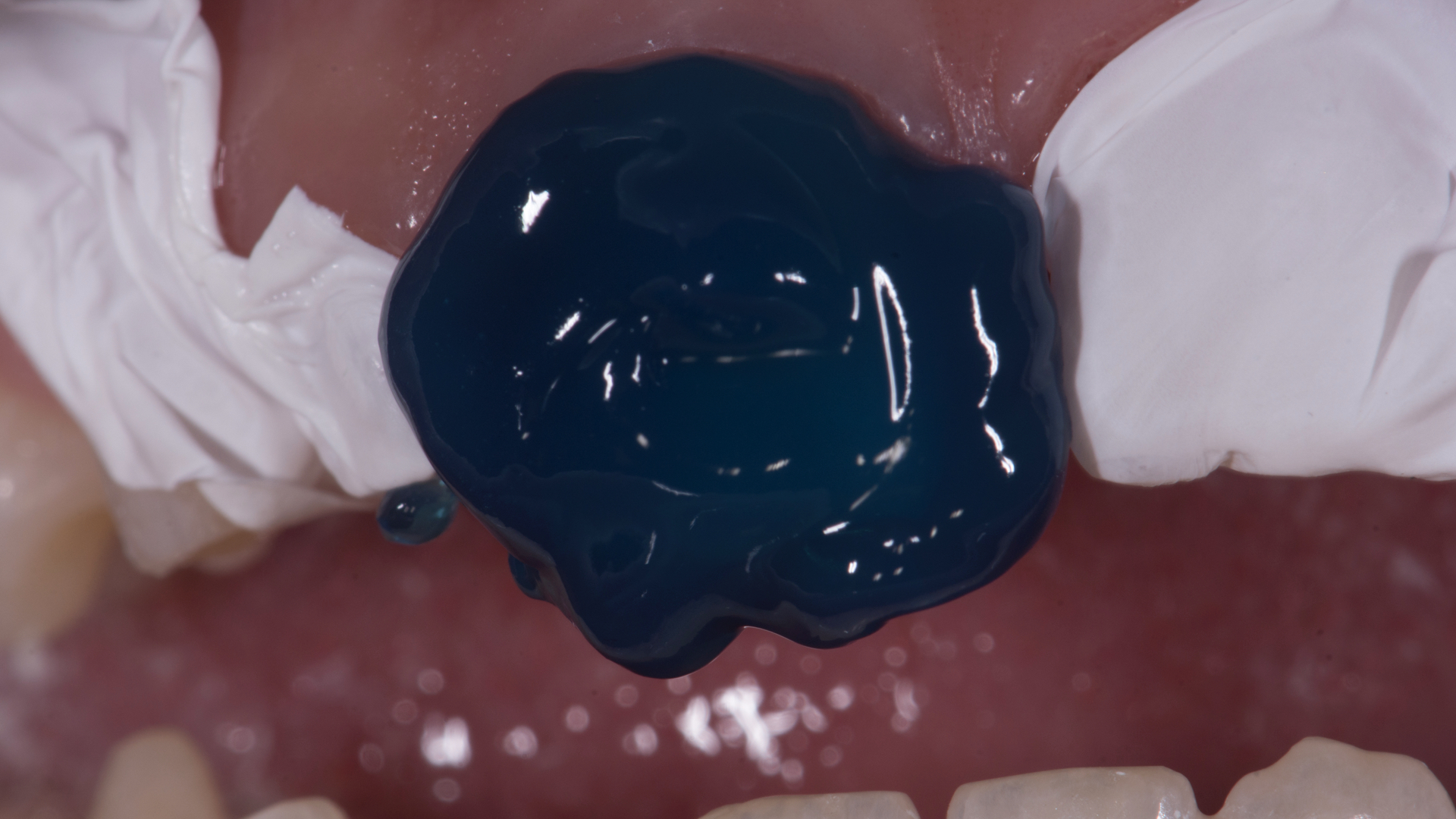
Figure 12. Each tooth is etched, washed and dried; then the adhesive is applied.
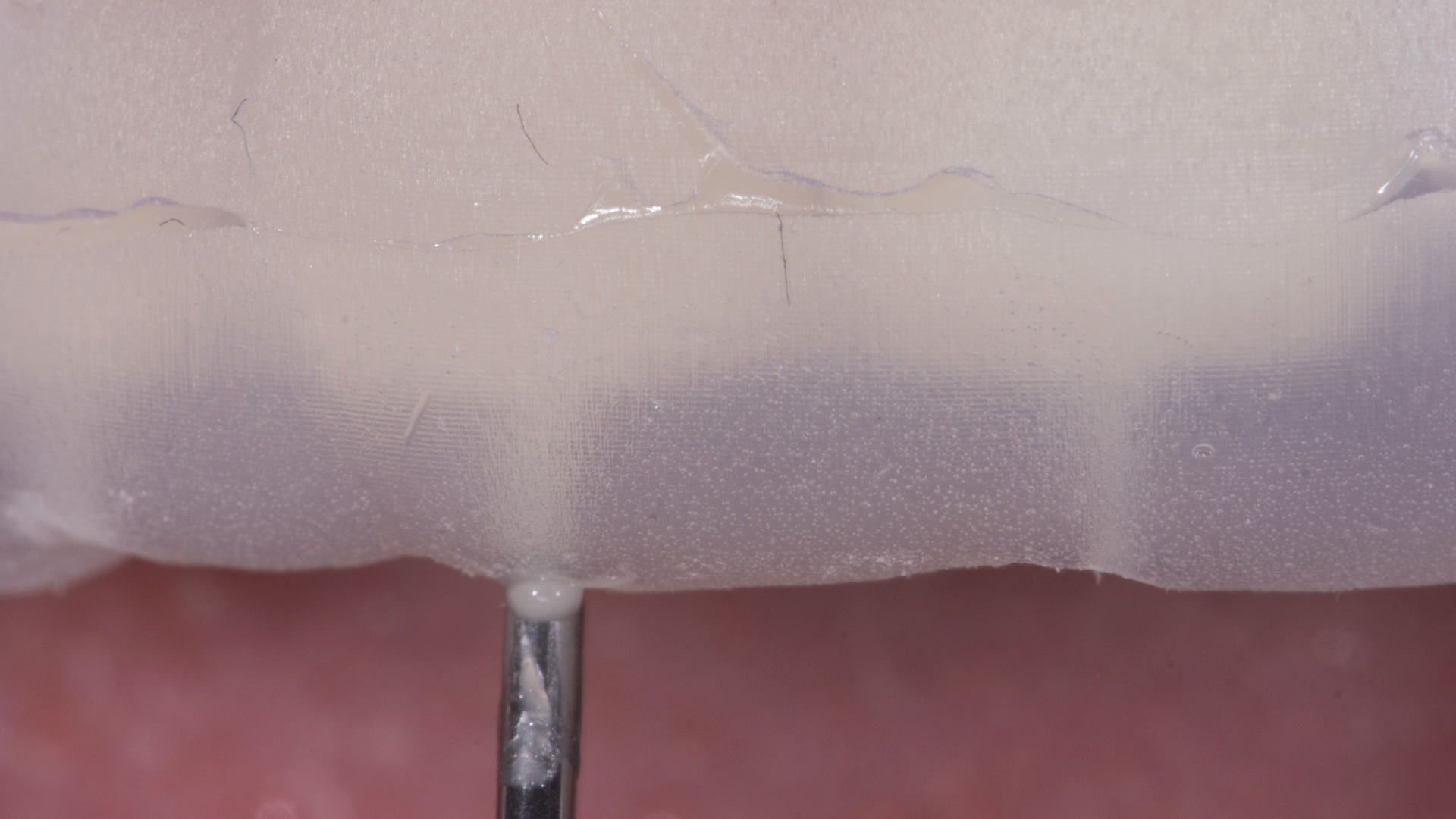
Figure 13. A silicone mold filled with composite was inserted into the oral cavity and pressed firmly against the teeth. Then, through holes made in the laboratory, a fluid composite (Enamel Plus Hri flowable, UD1, Micerium - Bisico FR) was introduced into the silicone mold.
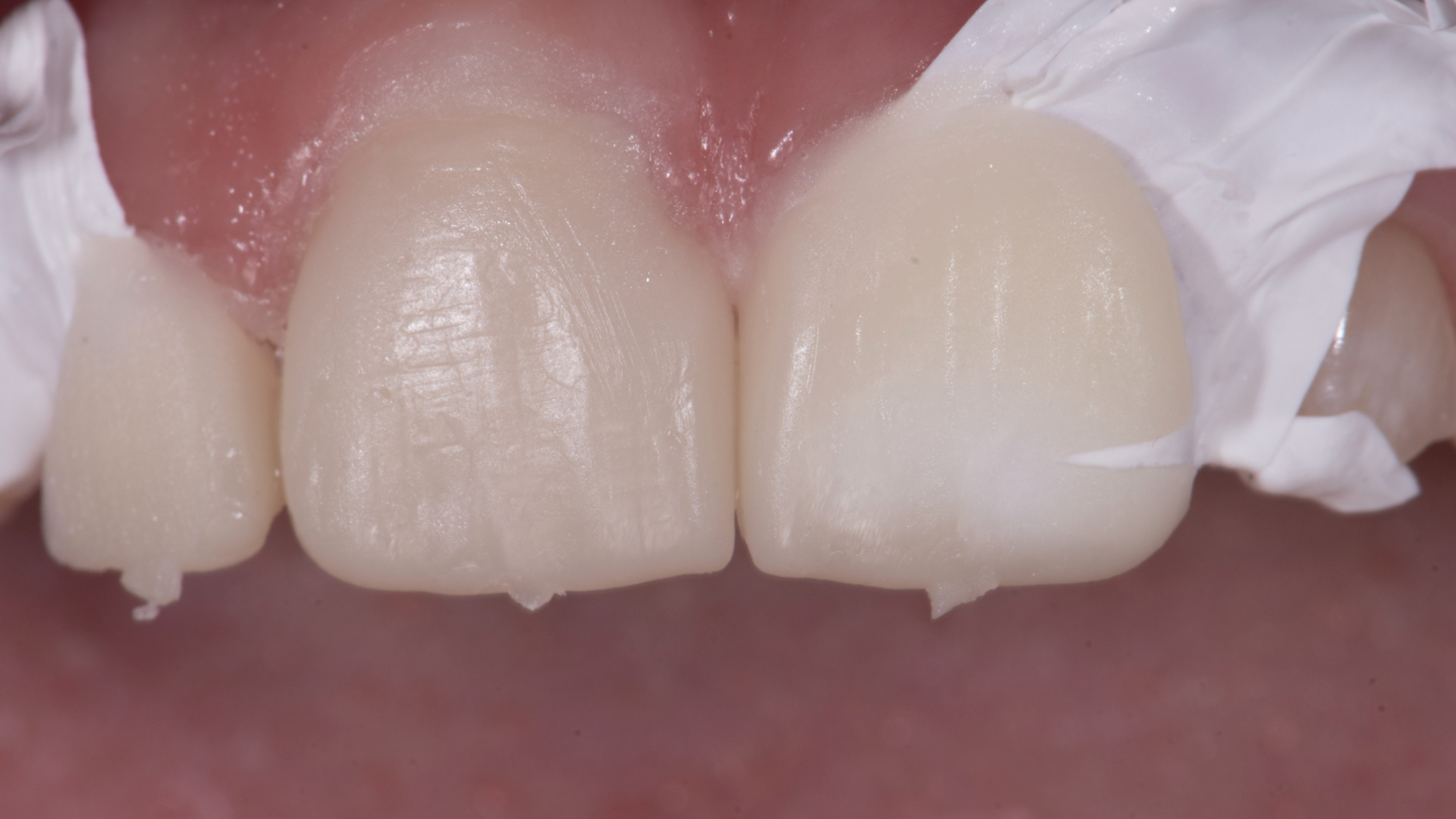
Figure 14. After removing the mold, excess composite and hardened glycerin gel were removed.
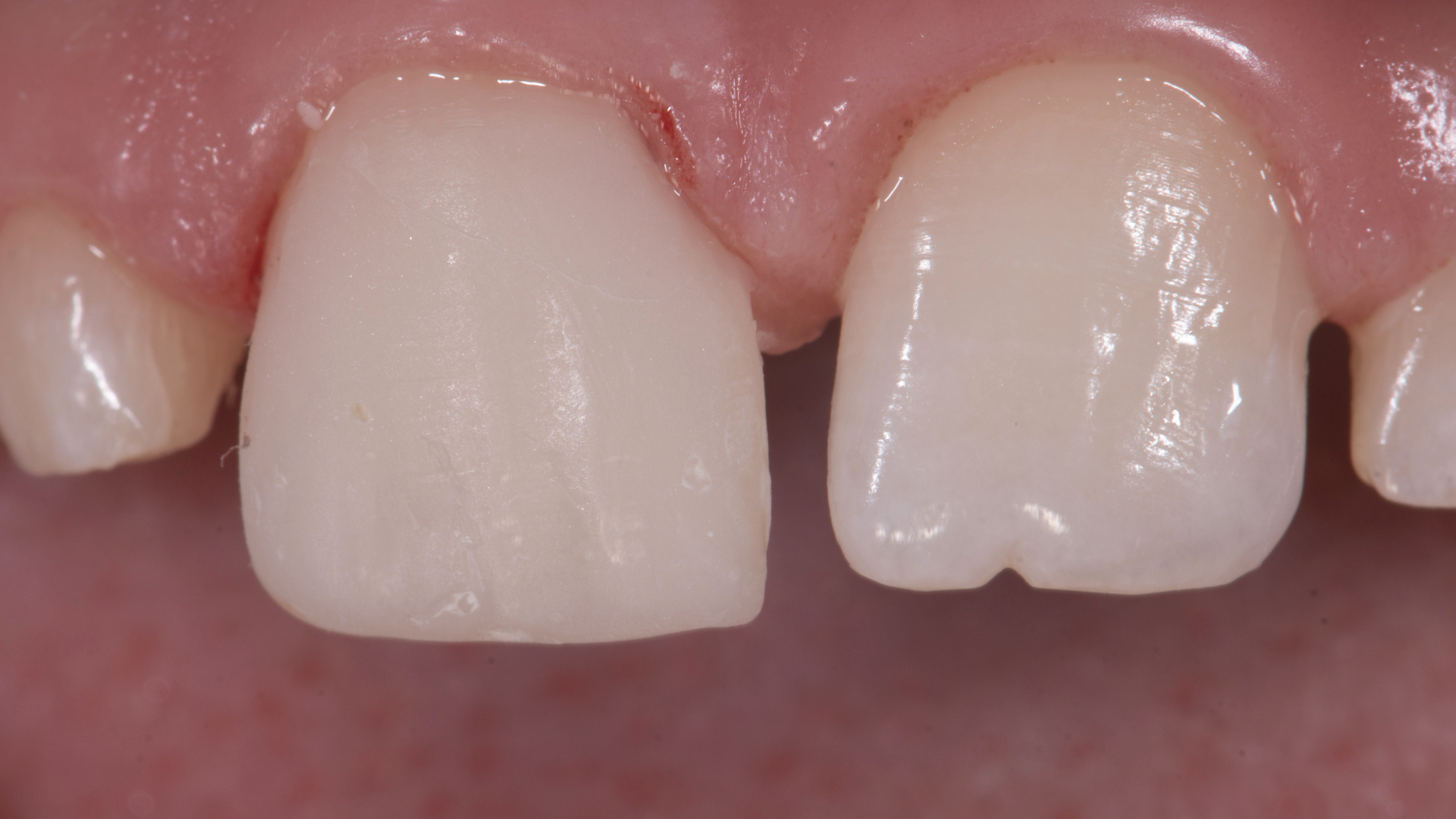
Figure 15. View before final processing.
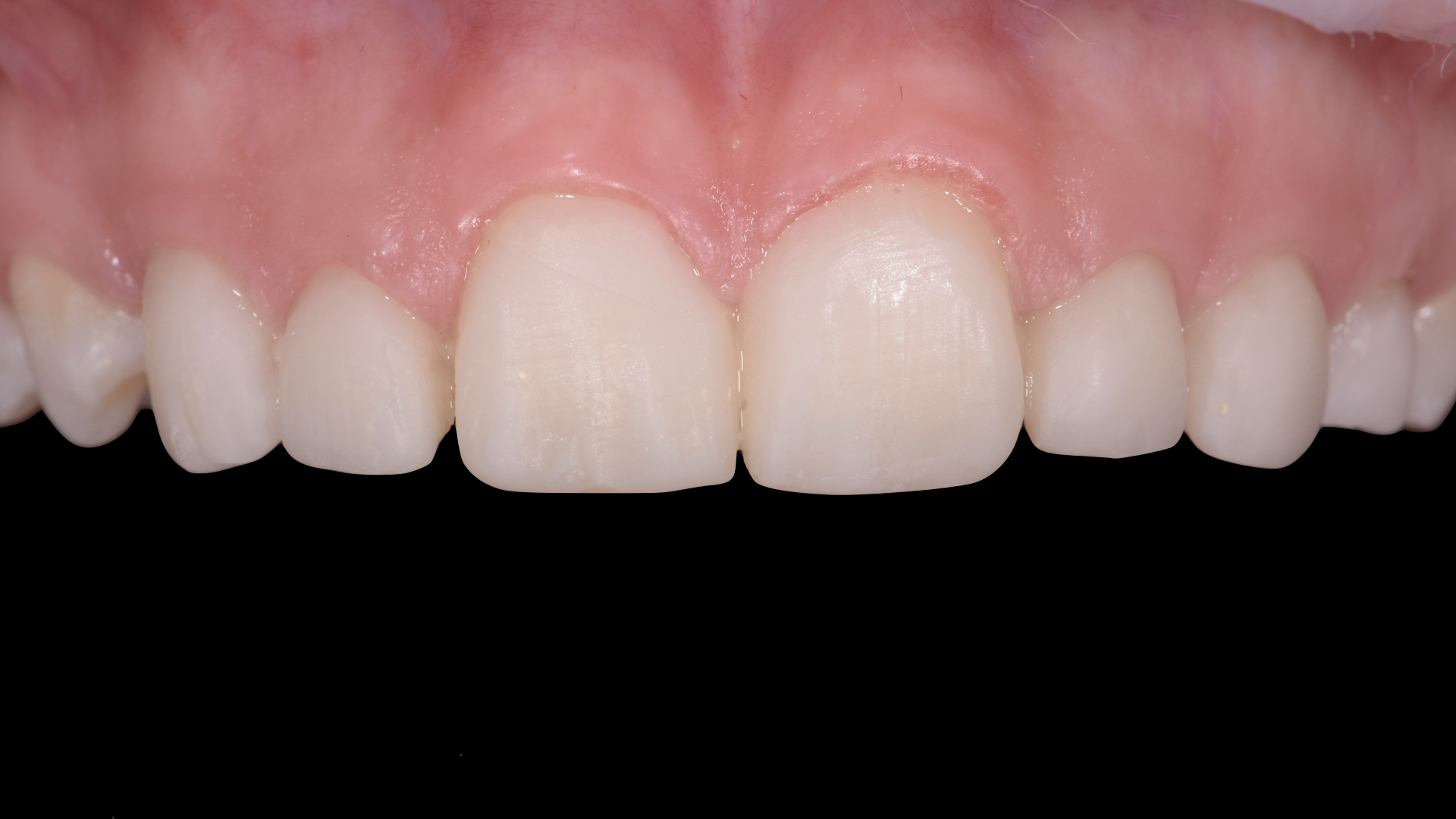
Figure 16. Next, the remaining teeth were processed in the same way.
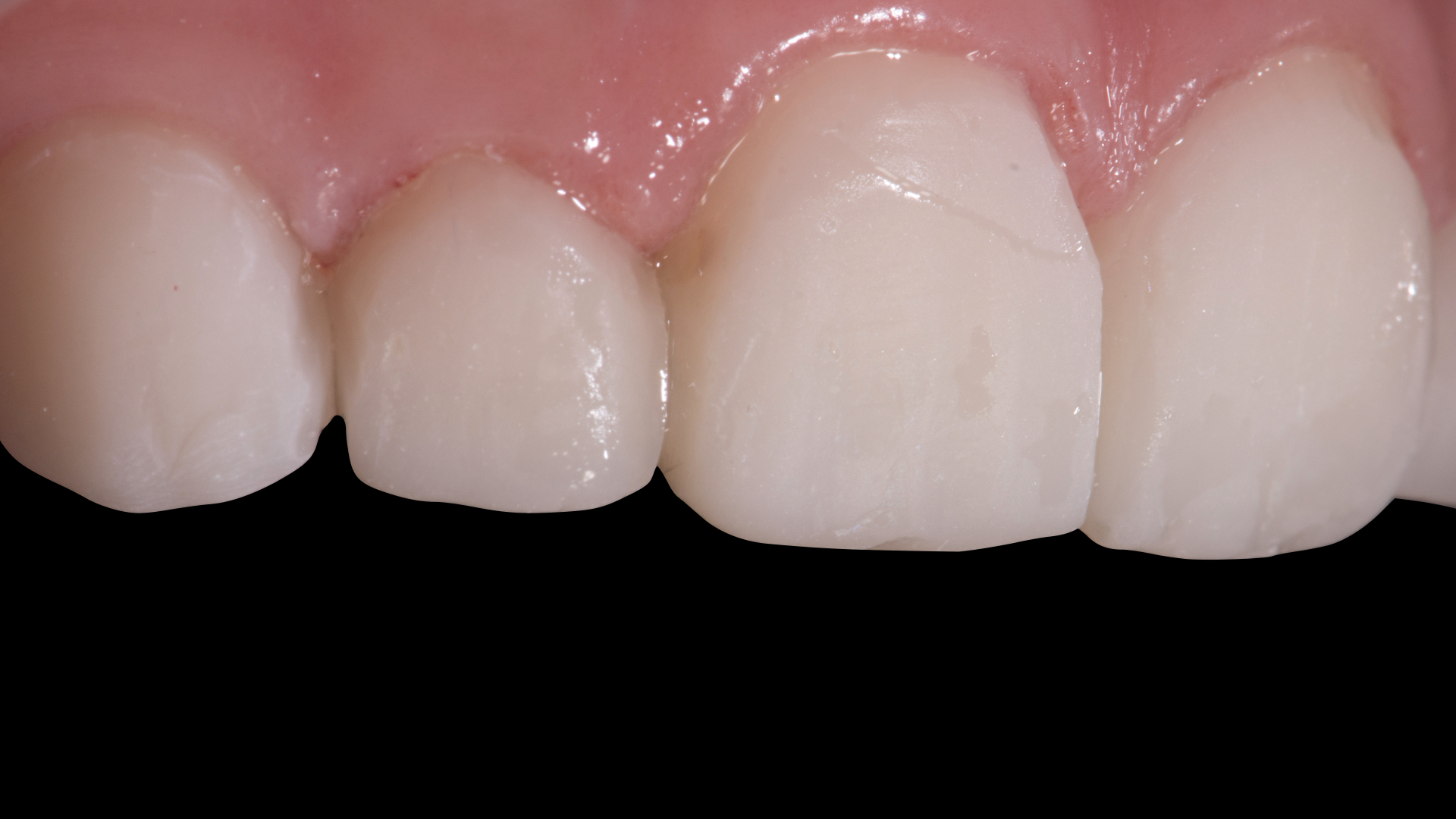
Figure 17.
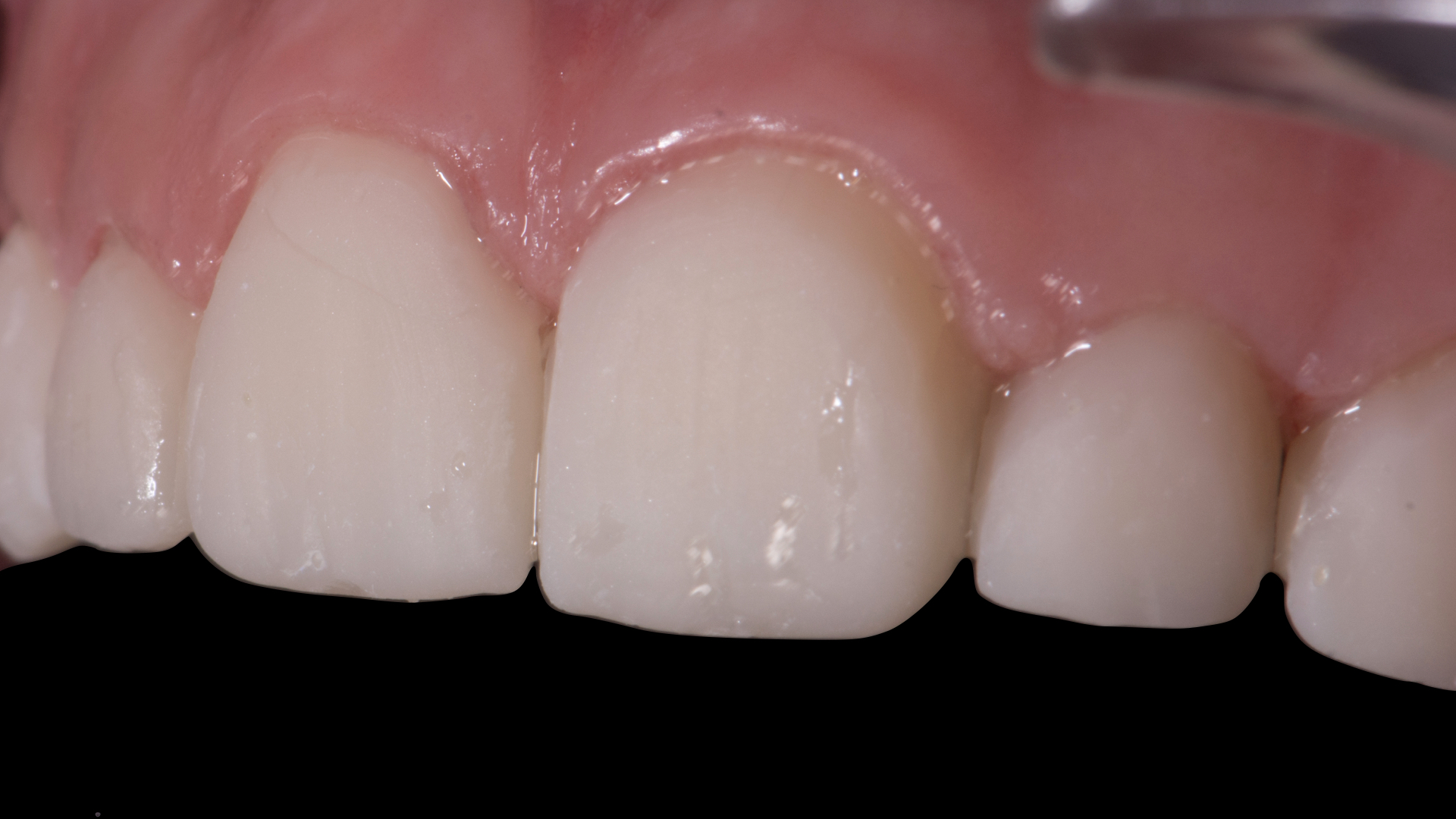
Figure 18. 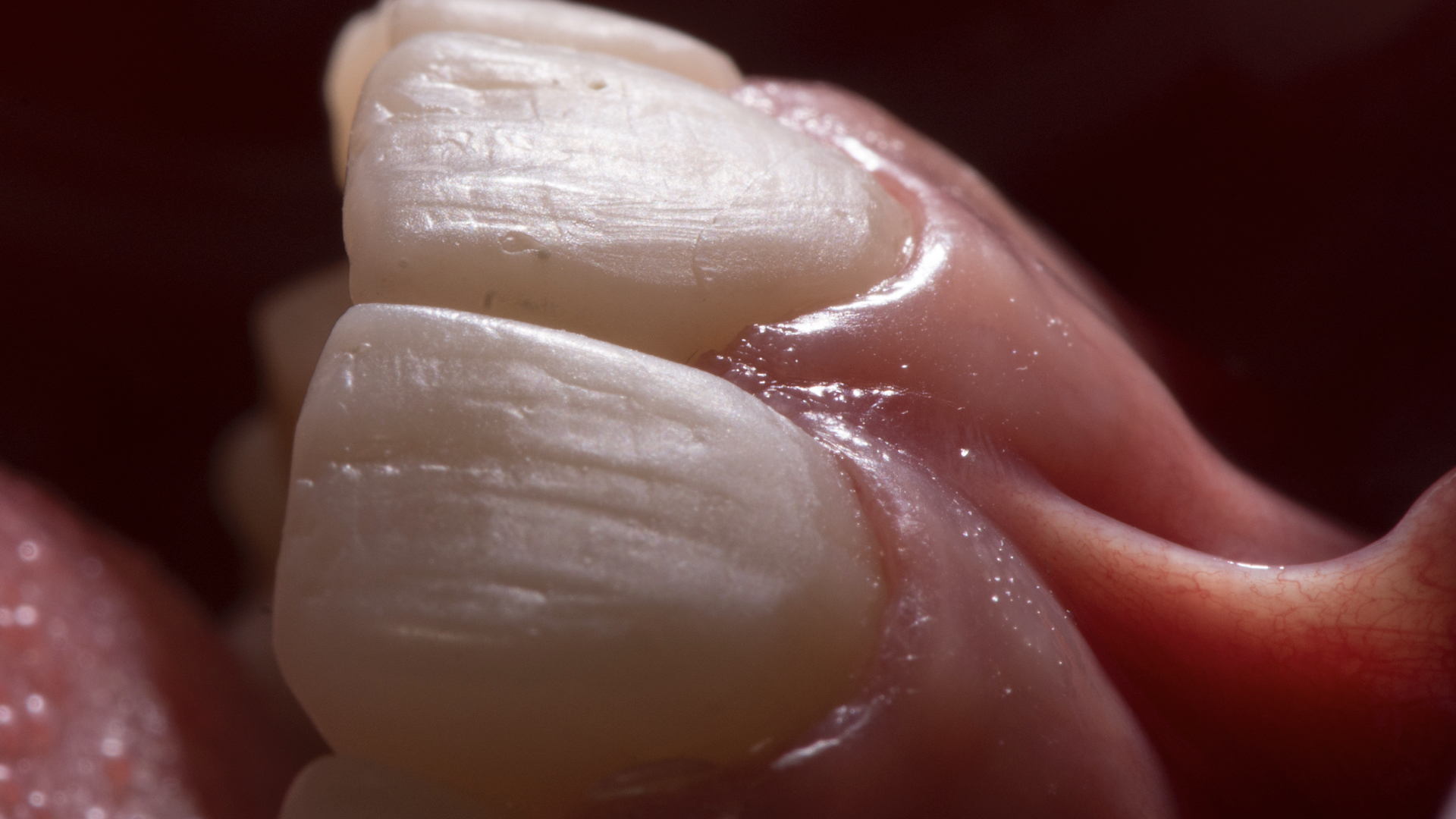
Figure 19. Tip: By moving the camera flash higher than the mouth, macro and micro structures become clearer in the photo.
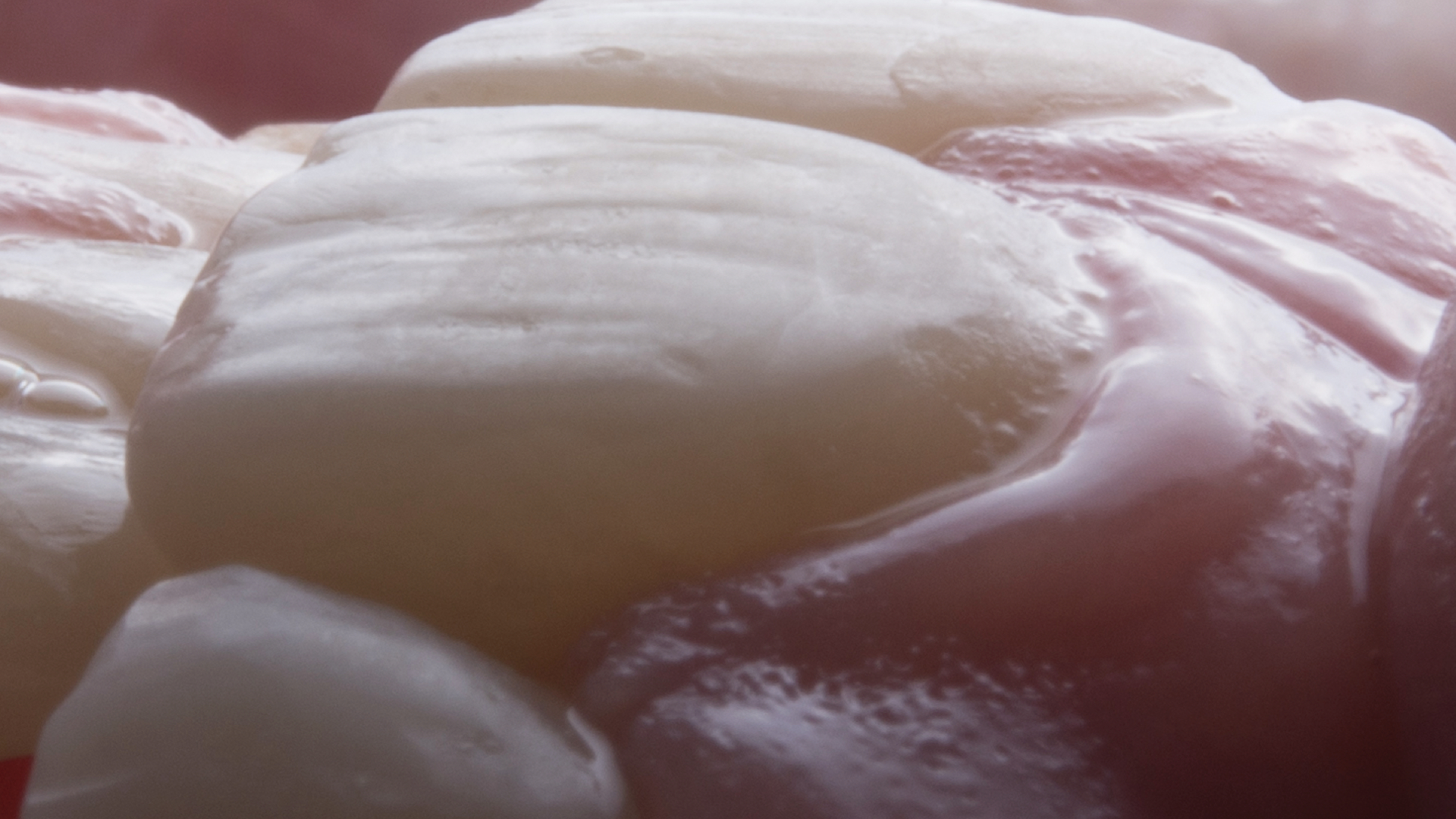
Figure 20. Grinding and polishing (Style Italiano Finishing Style, Komet; Diamonds twist polishing paste, Smile Line) will improve the microrelief of the tooth.
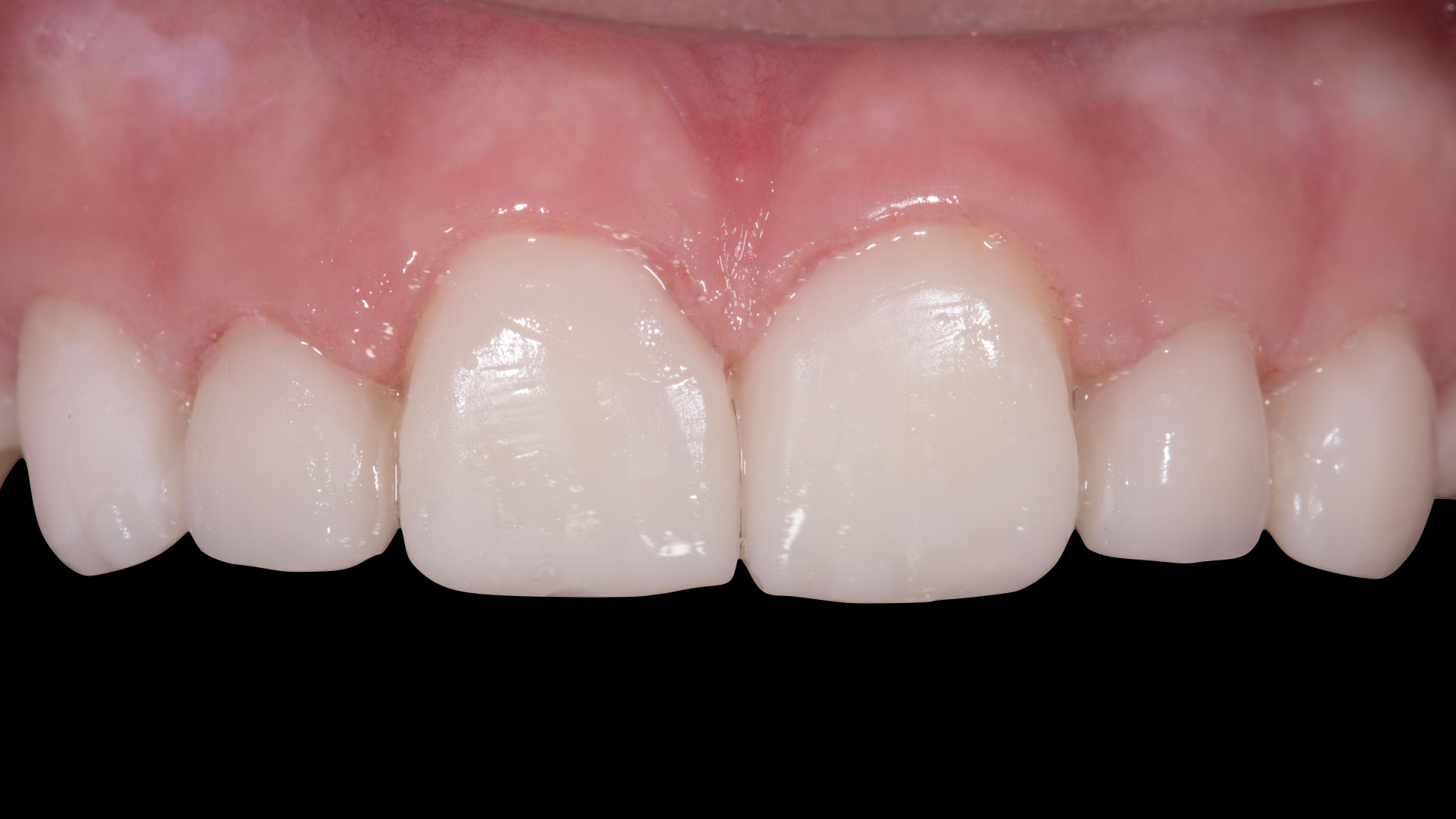
Figure 21. Final result.
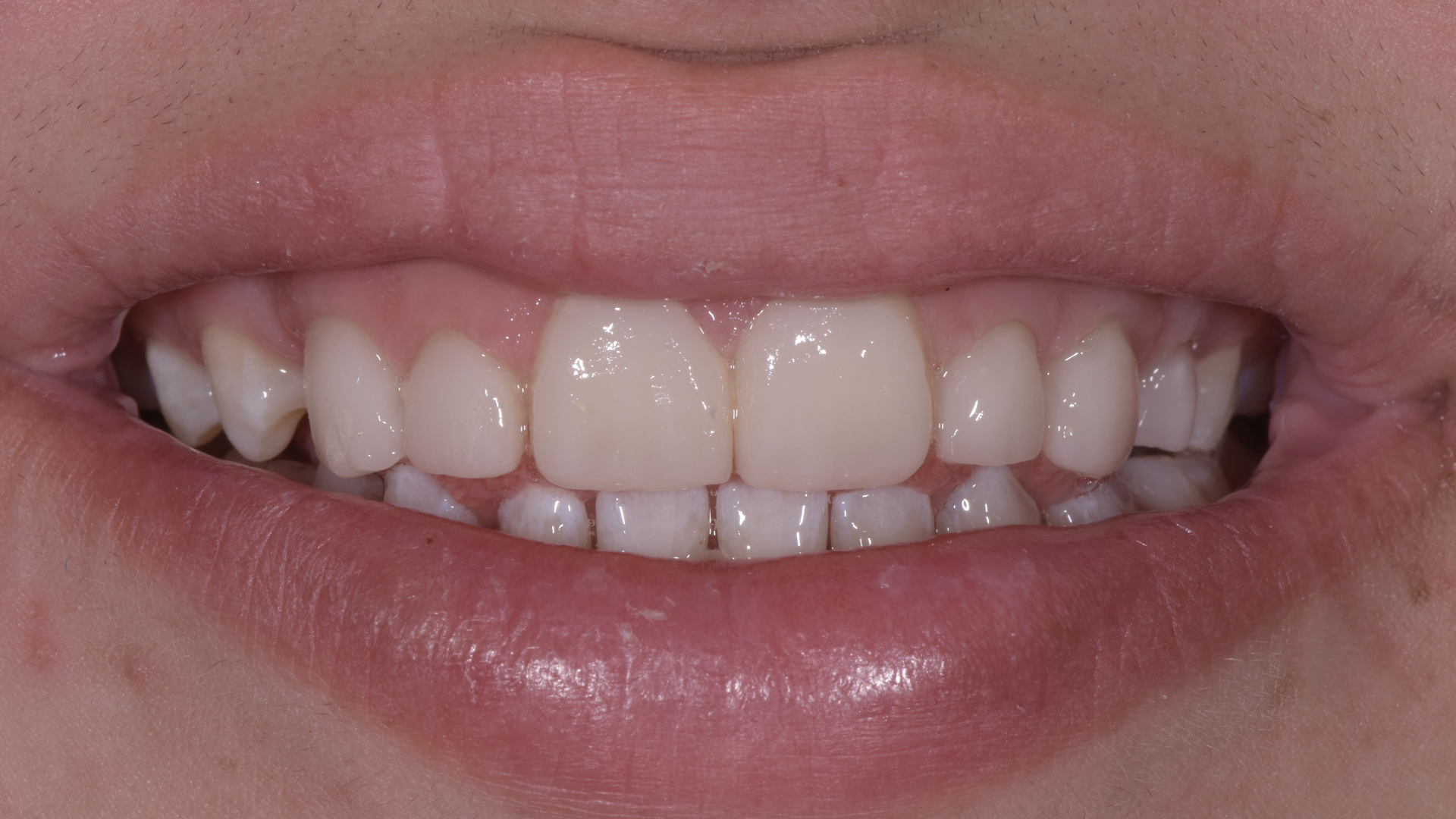
Figure 22. Photo of a smile a month later. And after the treatment, the patient began to smile much more often.
Smile restoration
Restoring a smile is not only about recreating the shape, size, proportion and color. Of course, we must take into account social and psychological aspects. Smiling promotes the development of social relationships.
In this case report, composite was used to reconstruct the smile, but we also did everything possible to make the patient more confident.
If you are interested in this article, pay attention to the webinar Strategies for success of direct composite restoration of the aesthetic zone using the Styleitaliano method. Part 1 .
http://www.styleitaliano.org/


